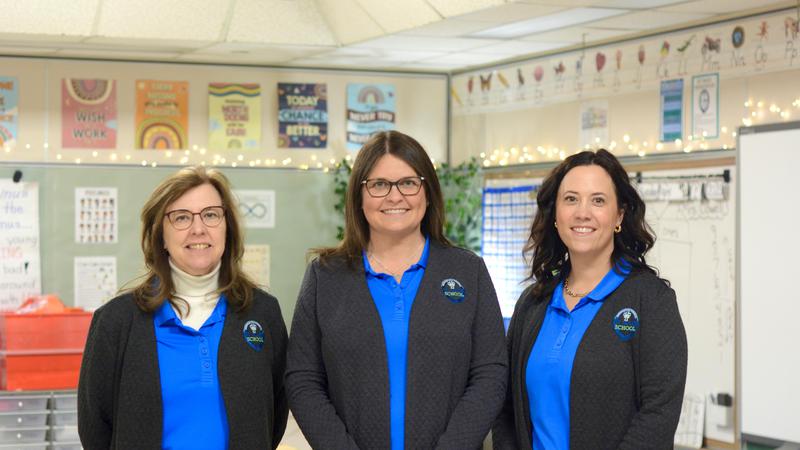
‘Children are our future’: St. Mary School shows early success in Sask. specialized classroom pilot
“When we first started, we had a little boy who was dysregulated often,” said Jennifer Gentes, vice-principal at St. Mary School in North Battleford.
“He walked in, we had a meditation on the whiteboard, and he just laid down, and he was there for two or three minutes taking his deep breath, and then he got up and he went back to class.
“So it was like, wow, he didn’t disrupt anyone else. He did what he needed to do, and then he went back and he was able to learn.”
That moment, Gentes said, captures the essence of a new approach to student support being piloted at the school.


